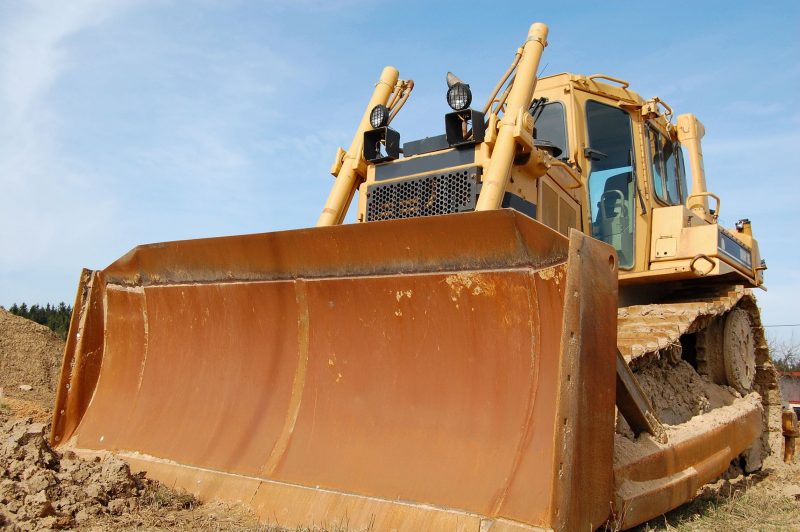Surface dressing in Wallingford is considered to be a primary way to provide routine maintenance for the surfaces of various roads and motorways. The idea is pretty straightforward. To put it simply, a thin layer of some bituminous binder is placed on the surface of the road. Stone chippings are then spread around and rolled into it.
There are both advantages and disadvantages to this method, which are highlighted here.
Advantages of Surface Dressing
Some of the advantages offered by the surface dressing method include the following:
* One of the most economical and fastest ways to seal cracks and reduce the potential for a pothole to form.
* Reduces the effects of the harmful UV rays from the sun, which minimizes the oxidisation process.
* Ability to be used on any class of footpath or road.
* Improves overall grip for the surface; the chippings offer a skid-resistant, new surface.
* Reduces the potential to aquaplane on roads, which reduces the potential of accidents on the road.
* May be able to help and extend the lifespan of the road by up to 10 years.
* Reduces the use of scarce aggregates.
* Maximises the use of the often-limited funding for highway maintenance. In fact, it costs about a fifth of conventional resurfacing. Even the cheapest and simplest methods of resurfacing will likely cost up to four times more than using surface dressing and this number increases further for main road resurfacing.
* Reduces congestion on the road because the work can be completed in a timely manner. Click here to know more.
Disadvantages of Using Surface Dressing
Just like anything else, there are both pros and cons to this method. Some of the disadvantages of surface dressing include:
* It will not regulate an uneven surface, remove undulations or correct any structural defects that may be present on the footpath or roadway.
* Can increase the traffic level slighting, as well as traffic noise, due to the increased texture. However, this will reduce over the first several months, since the chippings will become embedded.
* Roads may seem to be in good condition, so users are not always sure why this process is being used.
* Wet bitumen may adhere to shoes and stain carpeting.
* For two to three days after the process is complete, temporary speed restrictions may need to be enforced to prevent the chippings from being torn out of the surface prior to becoming embedded properly.
There are both pros and cons offered by Surface Dressing in Wallingford. Learn more by contacting the professionals from Hazell and Jefferies Ltd today and discussing the options.


